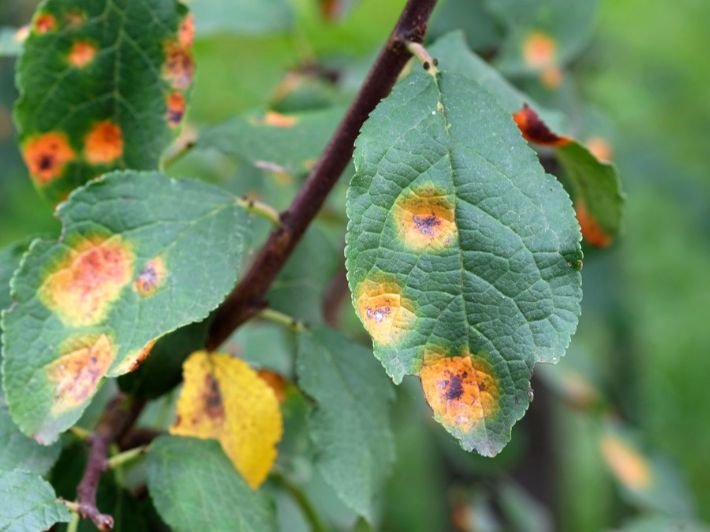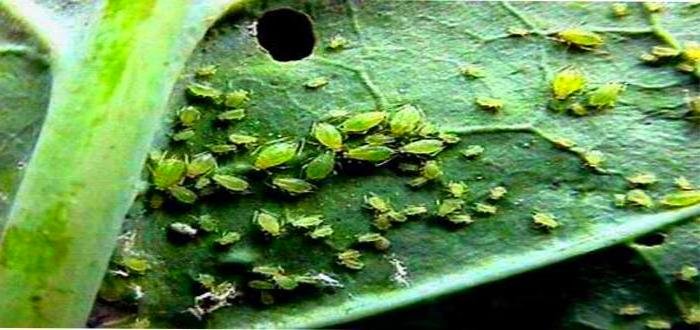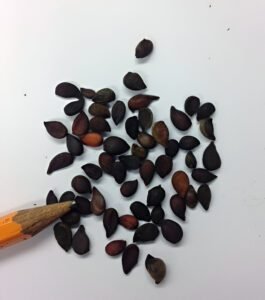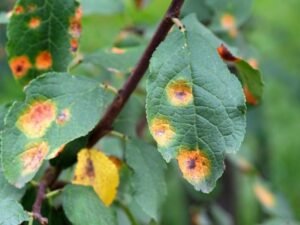Pears: definition, how to grow them, diseases, and caring for them
Introduction to pears
The pear tree is a sight to behold. With its elegant, slender branches, and its shiny, toothed leaves that gleam in the sunlight, it is decorated with clusters of delicate and aromatic flowers that turn into succulent fruits... It is often medium in size, hardy and can withstand various climates, making it a favorite among gardeners.
- Anti-inflammatory (vitamin C found in pears helps stimulate the building of new tissues in the body and renew cells in it, and maintains rapid metabolic processes, which makes pears an agent that accelerates the healing of wounds and makes them heal quickly... Eating pears also reduces the chances of infections, and reduces The severity of symptoms of some diseases, such as: arthritis (
- May act as an antioxidant (reduces oxidative stress)
- It has sedative properties (induces calm and sleep)
- It has antipyretic activity (reduces fever)

Basic care guide
It includes more than 3000 species, the most important of which are:
- Bartlett Bear: Also known as Williams pears, they have a classic pear shape and bright yellow skin. Juicy and sweet, ideal for fresh eating, canning or baking. A favorite of home gardeners
- Baldwin pears : It is famous for its large golden fruits with a sweet and juicy flavour
- Kiefer Bear : It is characterized by a rough and granular texture. The fruit is a mixture of yellow and green colors and provides a mild and sweet taste.
- Pineapple Pear: Pineapple pears get their name from their sweet, pineapple-like flavor. The fruit has a golden-yellow rind with red. They are excellent for fresh consumption and desserts... They are resistant to fire blight, a widespread and devastating disease that affects apple, pear and quince trees.

The amount of water needed
- Newly planted trees require careful attention to create deep, strong root systems. Water young trees deeply at least once a week, making sure to moisten the soil around the tree to a depth of about 12 to 18 inches.
- Once the tree matures, it still needs regular watering, especially during dry periods. Deep watering every 10 to 14 days, depending on weather and soil moisture levels, is generally sufficient. Focus on delivering water directly to the tree's root zone to prevent waste and encourage the roots to expand outward.
- Drip irrigation is very effective for pear trees. These methods deliver water slowly, allowing it to penetrate the soil deeply without causing runoff.
Suitable living conditions
It thrives in moderate climates. It typically requires a cooling period during the winter, with temperatures ranging from 32°F to 45°F (0°C to 7°C), allowing it to break dormancy and produce flowers in the spring.
Soil type:
They thrive in well-drained soil. Sandy soil is ideal because it prevents waterlogging that can lead to root rot. Before planting, it is advisable to test the pH level of the soil. It prefers slightly acidic to slightly alkaline soil, with an ideal pH range between 6.0 to 7.5. Adding agricultural lime can help balance pH if your soil is too acidic. Incorporating organic matter, such as manure, improves the soil, enhances its fertility and ensures a constant supply of nutrients for the growing tree.
- Seed preparation
Collect ripe fruits to extract the seeds...then clean them well, then place your seeds in a wet paper towel, seal them in a plastic bag, then put them in the refrigerator for about 2-3 months. This process, known as stratification, mimics the cold winter conditions these seeds need to germinate successfully
Choose a pot with well-drained soil and plant the seeds about one inch deep.. Place the pot in a sunny location, ensuring the soil remains constantly moist... Make sure your little seedling gets plenty of sunlight. .
2. Planting seeds:
It may take some time, but with patience, you will see small green shoots appear, and when three full leaves have formed, you can transfer them to the permanent ground.


Find out what light your plants are actually getting.
Find the best locations for them to improve their health, simply using your phone.
Flowering stage
Early spring, usually from April to May
- Plant age
It may exist for 400 years
- Plant height
It ranges from 15 to 30 feet (4.5 to 9 m) tall.
Suitable lighting for him
Select a location that receives full sun or partial shade. Pear trees require at least 6 hours of direct sunlight per day for healthy growth
Temperatures
Most common varieties thrive in areas where temperatures rarely exceed 90°F (32°C)
- Aphids: Not only do aphids weaken the tree, but they also secrete a sticky substance that encourages the growth of sooty mold. Resist these critters by spraying your tree with an appropriate insecticide, introducing natural predators such as ladybugs, or using soap.
- Fire blight: This disease causes wilting, blackening, and a burned appearance in flowers, buds, and branches. To prevent its spread, prune affected parts immediately and sterilize pruning tools. Copper-containing fungicides applied during the dormant season can provide protection.
- Pear rust, caused by the fungus Gymnosporangium sabinae, creates orange spots on pear leaves. To combat pear rust, ensure adequate air circulation around your tree by pruning nearby plants. Spraying fungicides containing copper can also prevent its spread.
- Moths: Place pheromone traps. Natural predators such as birds and beneficial insects can be encouraged to control moth populations.




